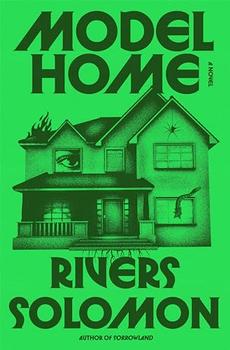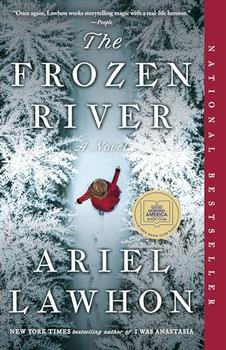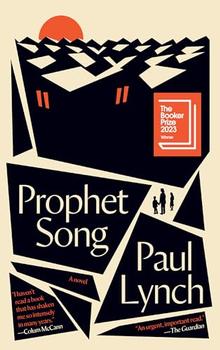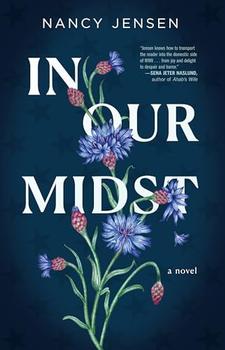Summary | Excerpt | Reviews | Readalikes | Genres & Themes | Author Bio

4 Steps to Ending Rude Behavior in Your Kids
by Audrey Ricker, Carolyn Crowder
Backtalk can ruin a person's chances for a productive, happy life, because a child who
gets away with it at home will undoubtedly try backtalking outside the home, losing
respect of friends, friends' parents, teachers, and, later, employers. At home he can be
ostracized by parents who don't know how else to deal with him. He could even be sent away
by adults who have no idea of how to deal with the behavior. At school, he could become
known as a difficult child whom adults and children avoid. Later, on the job, his backtalk
could keep him from getting and keeping promotions.
Parents are not the only household members affected by backtalk; younger or less
dominant siblings become intimidated. They soon learn how to respond in kind, and backtalk
becomes the model of communication in the home. If backtalk is allowed to continue
unchecked, the atmosphere in the home will become hostile, unsettling, and discouraging
for the whole family. And a few backtalkers in the classroom can ruin a teacher's ability
to teach.
Parents can learn to distinguish between backtalk and respectful disagreement.
Autocratic families may be eager to see all disagreement from children as backtalk.
Permissive families accept the verbal abuse as legitimate communication. Assertive
communication is respectful while backtalk is never respectful. Backtalk includes not only
disrespectful words, but a disrespectful tone and disrespectful body language as well. Any
or all of these manifestations of backtalk should be addressed by parents.
WHAT THIS BOOK WILL DO
Backtalk will help parents learn how to have a backtalk-free home. It's normal
to feel hurt, angry, and disappointed by children's backtalk. A constructive approach to
dealing with these feelings is provided here. Unlike other child-rearing books, which
encourage you to view backtalk as healthy communication, this book will treat backtalk for
what it is -- disrespectful behavior -- and teach parents how to handle backtalk when it
happens. Here is a chapter-by-chapter overview:
In Part One, "What, Why, When, and How," we explain, among other things, what
backtalk is, why it has become an epidemic, when it became legitimized by child-rearing
experts, and how it affects families, schools, and the backtalkers themselves. Part I also
explains what you can do about backtalk, why you must do something, when you should do it,
and how.
In Chapter 1, "Frank Talk About Backtalk," we discuss the pleasures of the
backtalk-free home, the nature of backtalk, and reasons for dealing with it in a timely
fashion. This chapter shows you how to identify this problem and explains briefly which
conditions in our culture, especially the growth of mainstream media, have helped backtalk
reach epidemic proportions in the past few years. Chapter 2 explains the Four-Step Program
for dealing with backtalk, discussing the steps in detail and providing a variety of case
histories.
In Part Two, "Practice," we provide instructions for implementing the steps
for dealing with backtalk. In this section we also discuss and validate attitude problems
adults often have in implementing the Four-Step Program. We cover issues you may encounter
as you apply the four steps to children of different ages, including college age and adult
children. You'll learn how to deal with teachers, caregivers, psychologists, and adult
relatives who may disapprove of your stand on backtalk, and we'll also examine the unique
backtalk problems faced by single parents and working couples. We'll discuss how to deal
with your child's backtalking friends, and what to do about other external sources of
backtalk including movies and television. Part Two also includes a chapter on creating and
maintaining a backtalk workbook in which you can track the effectiveness of the Four-Step
Program and keep a list of solutions that work for you. Finally, we'll recommend support
groups to join and types to avoid, and we'll tell you how to start one of your own.
Copyright © 1998 by Audrey Ricker, Ph.D. and Carolyn Crowder, Ph.D.






It was one of the worst speeches I ever heard ... when a simple apology was all that was required.
Click Here to find out who said this, as well as discovering other famous literary quotes!
Your guide toexceptional books
BookBrowse seeks out and recommends the best in contemporary fiction and nonfiction—books that not only engage and entertain but also deepen our understanding of ourselves and the world around us.